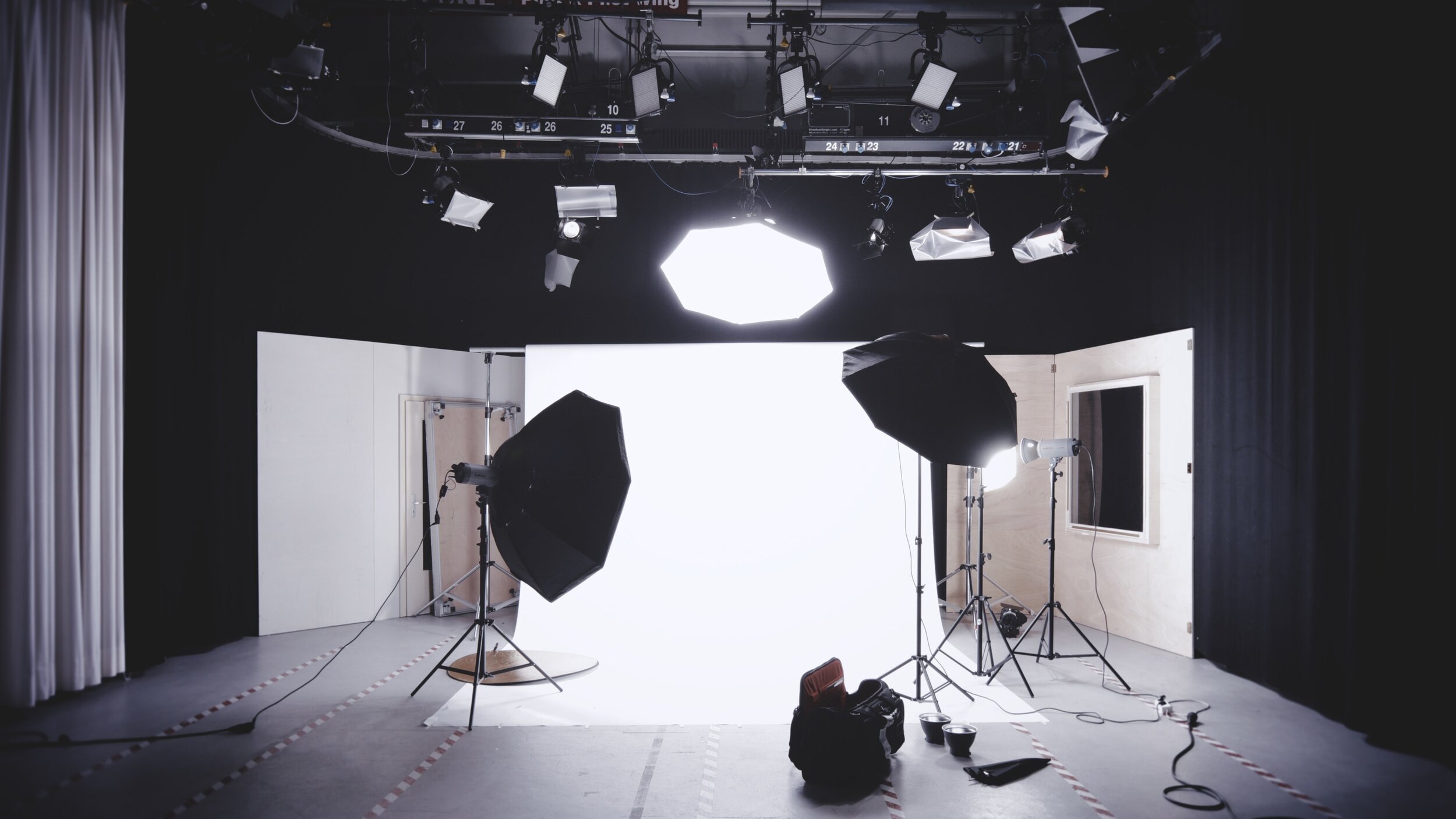Photography has never been more popular—with greater than ever access to great cameras in both smartphones and mirrorless cameras, among others, so many people have picked up the hobby. But when it comes to turning pro as a photographer, it takes much more than just being able to click the shutter at the right moment. So here are a few tips to help you become a successful photographer:
#1 You Need To Have A Passion For Photography
This may seem like an obvious one, but it is essential. You need to have a genuine passion for photography if you want to be successful. It takes more than just taking pretty pictures. You must be passionate about learning new techniques, experimenting with different styles, and constantly improving your craft. The best photographers I know cannot help but shoot—it is their obsession, whether at work or in their free time.
#2 You Need To Be Willing To Invest In Your Craft
Investment can mean a lot of things when it comes to photography. It can mean investing in better equipment, taking courses to improve your skills, or even just investing your time into learning more about photography. Whatever form investment takes, you need to be willing to do it if you want to stand out amongst a sea of skilled hobbyists all with access to the same tools and information. Invest in the best you can reasonably afford to begin with, and then gradually build from there are you discover what you’re passionate about AND what people hire you for.
#3 You Need To Be Willing To Network
Networking is a huge part of any career, and photography is no different. Get out there and meet other photographers, attend workshops and conferences, and just generally get your name out there. The more people you know in the industry, the better your chances of finding success. But don’t be a phony social butterfly, always looking at how people can serve you. The best way to network is to be genuinely interested and to be generous with your time, knowledge, and effort. Show people you are reliable, hardworking, interesting, and always open to improvement, without expecting anything in return, and they will eventually open doors for you.
#4 You Need To Be Mobile
As a photographer, you need to be willing to travel. Events, photo shoots, and even just vacations will often require you to be away from home. The truth is the best photos often require some effort to reach and you need to be willing to make the journey.
A reliable, practical car is a huge help to carry all your gear and get around. But this is a huge investment that you need to be smart about—if you need to buy a car, check out websites edmunds that can help you pick the right car for you and get the best deal for it.
#5 You Need To Be Creative
Many of us focus on being technically sound, spending hours upon hours watching tutorials on both shooting and post-processing. But there is no shortage of skilled photographers out there, so you need to find a way to stand: Be creative with your shots, editing, and overall photography approach. Consistently practice your eye, try to see what the way you see and photograph things distinct, and lean on that. Pour the passion into it, as we said in #1, and often, creativity will follow.
#6 You Need To Be Professional
This matters just as much as being able to snap great pictures consistently (shameless plug hehe). You need to be professional if you want to be a successful photographer. That means being punctual, polite, and respectful to your clients. It also means having a strong portfolio that you can show off to potential clients. You should be a pleasure to work with while also being able to hold your own amidst client demands and feedback.
Furthermore, teach yourself or ask help when it comes to administrative, accounting, and general business matters. You need to keep the lights on to keep the passion alive.
These are just a few tips to help you become a successful photographer. But remember, becoming a successful photographer takes time, dedication, and hard work. So don't get discouraged if you don't see results right away. Just keep working at it, and eventually, you'll get there.








